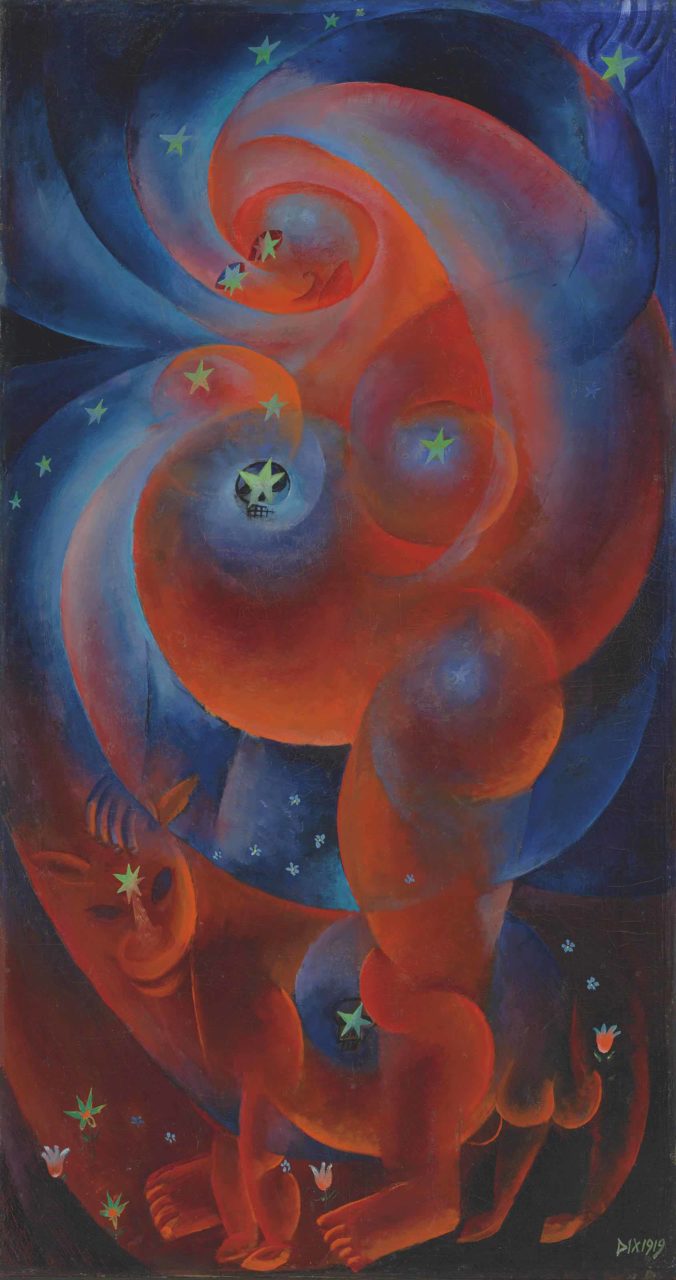Morning Walk is hosting a trip to the annual March for Life at the National Mall on January 18. This is the first in a series of articles focusing on the issue of abortion. This article does not make a case against abortion per se. Rather, it counters a common argument in support of abortion.
“Would it be all right, on the utilitarian view, to kill people painlessly, in the night?” — Robert Nozick
Some seek to justify abortion by arguing that a fetus possesses a lower capacity for pain and pleasure than adults do. Because of this, fetuses may be killed if abortion saves the adult a lot of pain. This follows total utilitarianism, which holds that ethical actions maximize total utility (in this case, pleasure). This argument, however, falls for the moral qualm of the utility monster.
Robert Nozick’s utility monster stands as a popular criticism against total utilitarian ethics. The utility monster is a thought experiment in which hedonistic monsters “who get enormously greater sums of utility from any sacrifice of others than these others lose” consume all “in order to increase total utility” (Nozick, Anarchy, State, and Utopia, 41).
To help illustrate the utility monster, let’s check out this episode of Garfield and Friends:
This episode presents the utility monster while also representing one of its most common criticisms. Assuming Garfield’s capacity to enjoy food grows with his size, “Nighty Nightmare” shows Garfield as a utility monster of base pleasure. But it also demonstrates that Nozick’s thought experiment is just that–a thought experiment, and nothing more. Garfield only becomes a utility monster in his nightmare. In reality, he’s just an orange cat with a greedy appetite. Nozick’s criticism reads, “Utilitarian theory is embarrassed by the possibility of utility monsters,” but utilitarians claim that no such possibility exists.
The principle of diminishing marginal utility claims that as a person receives more pleasure, that person’s capacity for pleasure starts to peter out. For example, if I just ate thirty pierogi, I would take less pleasure in eating an additional pierogi than I might have before my meal. Because of this principle, utility monsters cannot exist in reality. At a certain point, would-be utility monsters stop gaining more pleasure than the suffering caused by the sacrifice of other people. Because of the principle of diminishing marginal utility, the utility monster can only exist in Nozick’s thought experiment (or Garfield’s nightmare).
But in the case of abortion, the utility monster is all too real, and too close to home. We find the monster by looking at ourselves–adults. Indeed, utilitarian advocates for the ethical basis of abortion claim that adults possess higher faculties of pain and pleasure. As such, the adult deserves to avoid pain at the sacrifice of the fetus. However, this turns the adult into a utility monster in relation to the fetus. Such a utilitarian argument in favor of abortion falls into the moral problem of the utility monster.
The principle of diminishing marginal utility only compares a subject to itself. The adult may have diminishing marginal utility, but its capacity for pain and pleasure never dips below a fetus’s capacity for pain and pleasure (until the fetus is born, at which point most agree that killing the baby for the parent’s convenience is unacceptable). The fetus possesses lower capacities for pain and pleasure, presumably for its entire existence as a fetus. The adult remains the utility monster until the fetus is born.
We cannot base the morality of abortion on a utilitarian ethic. When we do so, we slide down a slippery slope into a real-life case of the utility monster. Nozick writes, “Utilitarianism is notoriously inept with decisions where the number of persons is at issue” (41). Looking at the numbers, over 60 million fetuses have been aborted in the US since 1973; over 1.5 billion in the world since 1980. To put these numbers into perspective, there are 1.64 billion women of reproductive age (Guttmacher, March 2018). This generation of aborted fetuses slain by the blade of flawed utilitarianism is #WhyIMarch.


Leave a Reply